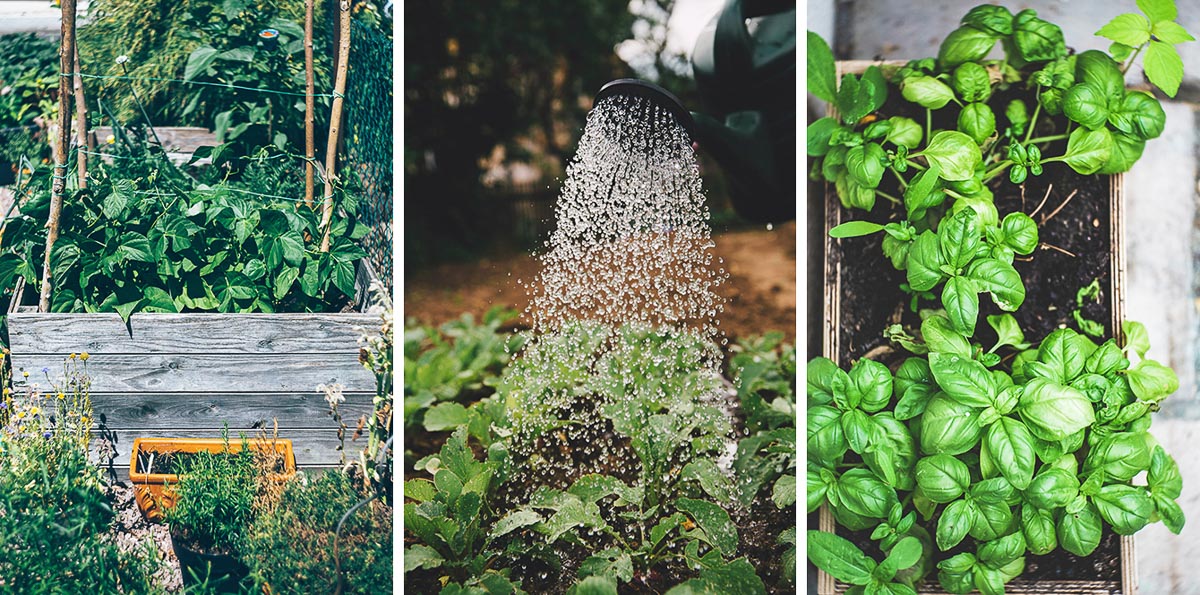More About City Blooming
Fascinated in growing food available for sale in the City of Chicago? Considering starting a community yard? Adjustments to the Chicago Zoning Regulation enable agricultural uses like community yards and city farms in many components of the city. Below is a checklist of often asked questions pertaining to the regulations and guidelines that growers should take into consideration when intending a city agriculture task.
The zoning amendment does not modify any various other codes taking care of composting, structure licenses, acquiring or leasing City possessed home, service licenses or environmental contamination. There are existing codes that control these issues and they stay in full result and may be relevant to your project. Area gardens are commonly owned or handled by public entities, public organizations or community-based organizations and preserved by volunteers.
Urban farms grow food that is meant to be offered, either on a nonprofit or for-profit basis. Due to their industrial function, city ranches call for a company permit.
The Greatest Guide To City Blooming
Composting is enabled yet just for plant product that is produced and made use of on website. The amount of compost material can not exceed 25 cubic yards at any kind of offered time according to the requirements in 7-28-715 of the City's Municipal Code. Yes. Since the soil at many new yard websites needs amending, garden compost, dirt, timber chips, or other materials can be acquired to create or improve the expanding room - home and garden.

If a structure permit is needed after that the hoophouse will be considered an accessory structure. You can figure out even more regarding the building permit needs by speaking to the Division of Buildings. The 25,000-square-foot dimension limit is planned to avoid a single neighborhood garden from dominating a given block or interfering with the block's existing residential or business character.
The restriction does not relate to yards found in Public Open Area (POS) districts. Can there be even more than one community yard that is 25,000 square feet on a single block? Yes. The size limit applies to specific gardens, not to specific blocks. No. Fence is not called for, nevertheless, gardens that have huge parking lot may be called for to mount secure fencing or other landscape design functions.
See This Report about City Blooming
B1 & B2 districts require that all industrial use activities be performed indoors. R districts limit industrial activity. The policies reflect the objective and intent of the Zoning Code. Is fencing needed for urban farms? Yes. Fencings might be called for, in addition to landscaping and screening, for sure vehicle parking locations and outside work or storage locations depending upon area and the particular task taking location.
Urban ranches require structure licenses and zoning authorizations prior to building (landscaping). Other forms of city review might be needed depending on details structures, tasks, size, landscape design, licensing, check this site out public heath and stormwater management problems.
The Department of Service Affairs and Consumer Security can assist determine the certain kind of business permit that's needed. Off road vehicle parking is needed for most business projects in Chicago. The called for number of vehicle parking spaces is based on the number of workers working on website and not the square video of the expanding area.
9 Simple Techniques For City Blooming

Yes. An urban farm can offer garden compost product produced on site, nevertheless, the procedure has to follow the policies in 7-28-715 of the Chicago Municipal Code. Yes. Aquaponic systems are enabled inside on city ranches in lots of zoning areas. Nonetheless, a zoning evaluation and building license is needed in order to mount frameworks or systems and a company permit is needed as explained over.
Approximately 5 hives or nests of honey bees may be maintained as an accessory usage. Beekeepers have to sign up with the Illinois Department of Agriculture. To find out more regarding the suggested zoning amendment you might call the Division of Real Estate and Economic Development, Bureau of Planning and Zoning at 312.744.8563.
, which takes location in rural areas at the side of suburban areas.
The 10-Minute Rule for City Blooming
It can entail an activity of organic growers, "foodies" and "locavores", that seek to develop socials media based on a common values of nature and community holism. These networks can establish by way of formal institutional assistance, becoming incorporated right into regional town as a "change town" activity for lasting city growth.
In either instance, the more straight accessibility to fresh vegetable, fruit, and meat products that may be become aware through city agriculture can improve food protection and food safety while reducing food miles, bring about lower greenhouse gas discharges, therefore adding to climate adjustment reduction. Some of the very first evidence of city agriculture comes from Mesopotamia.
Comments on “Getting The City Blooming To Work”